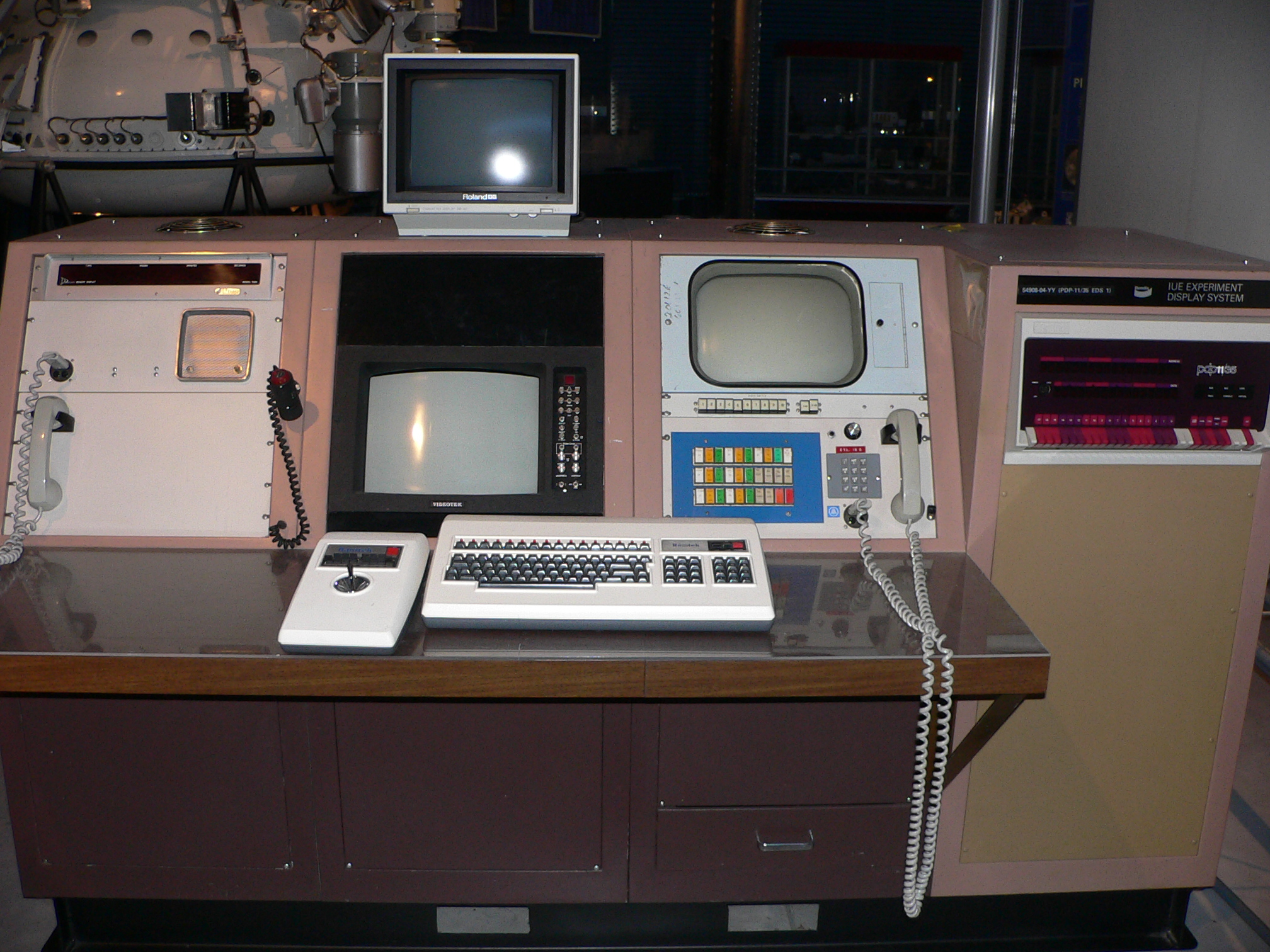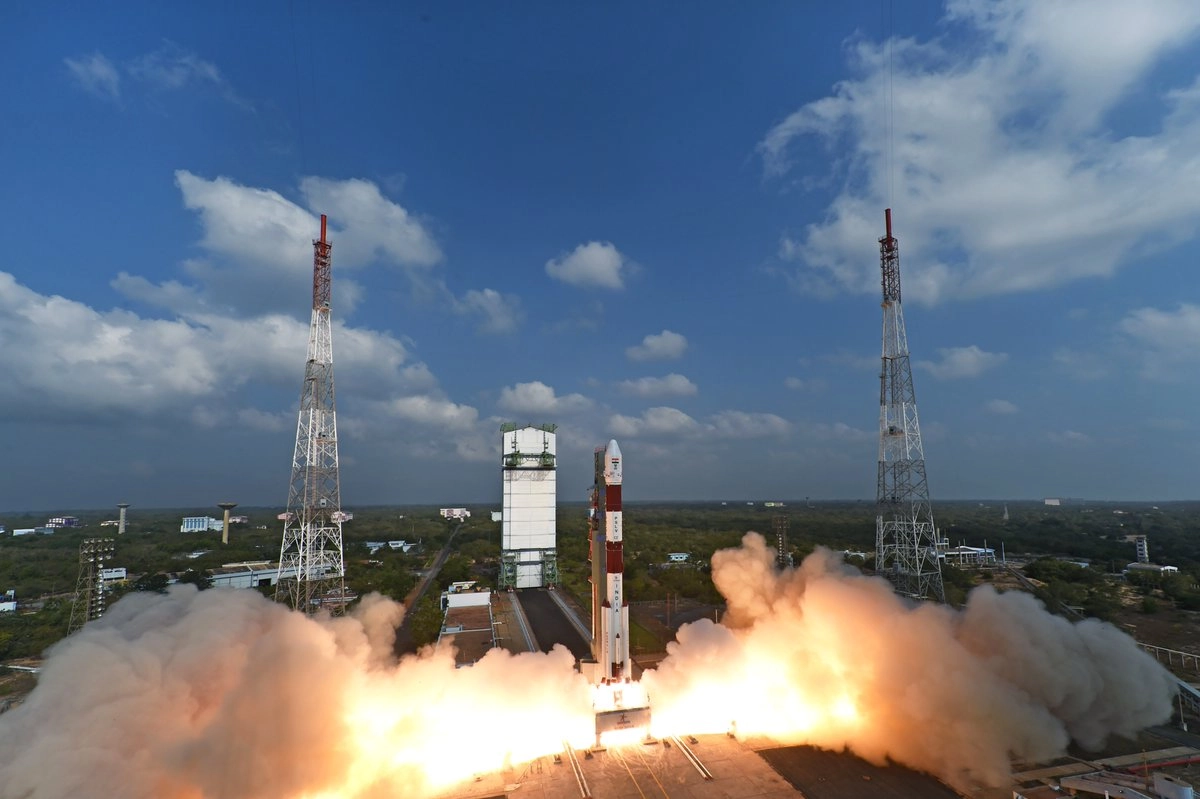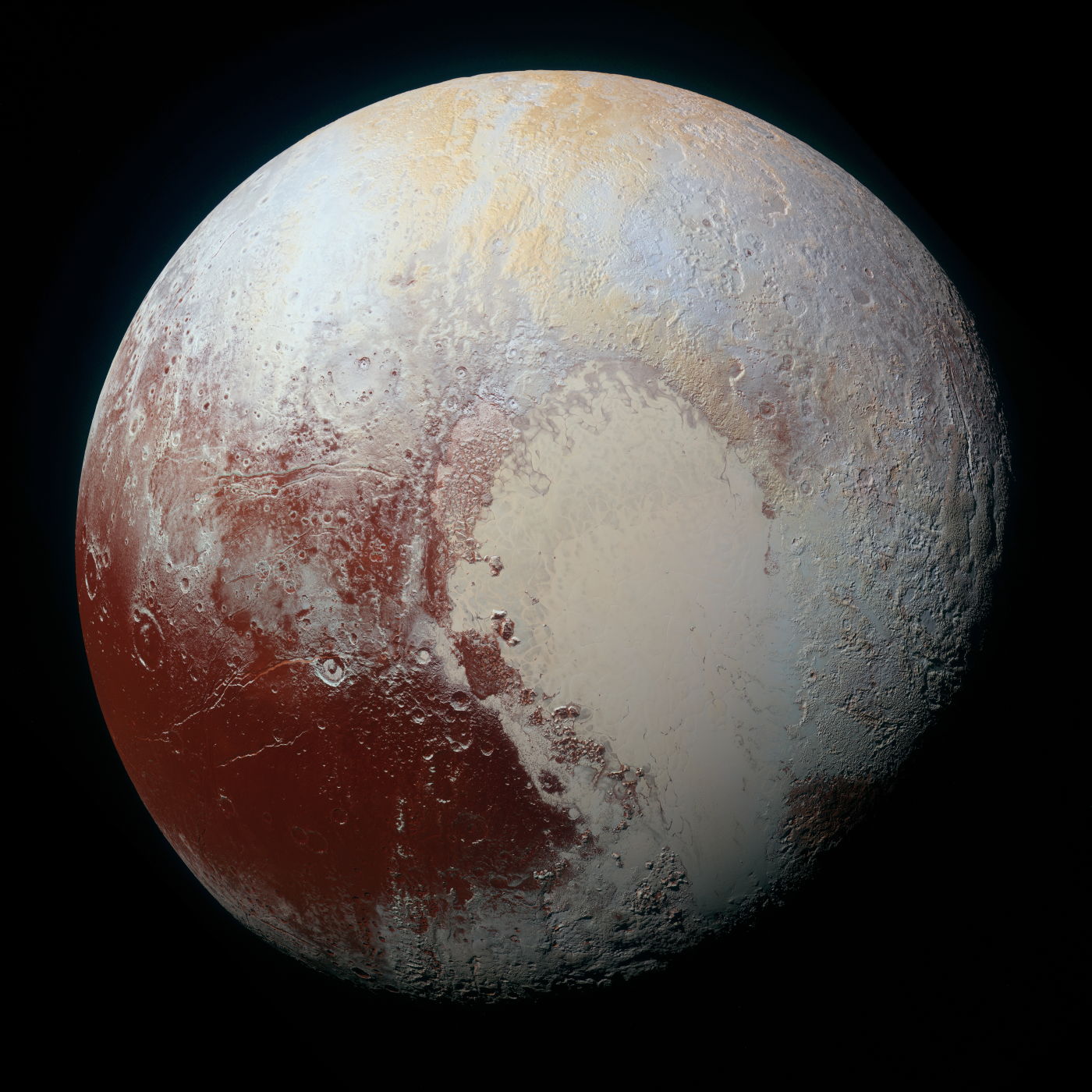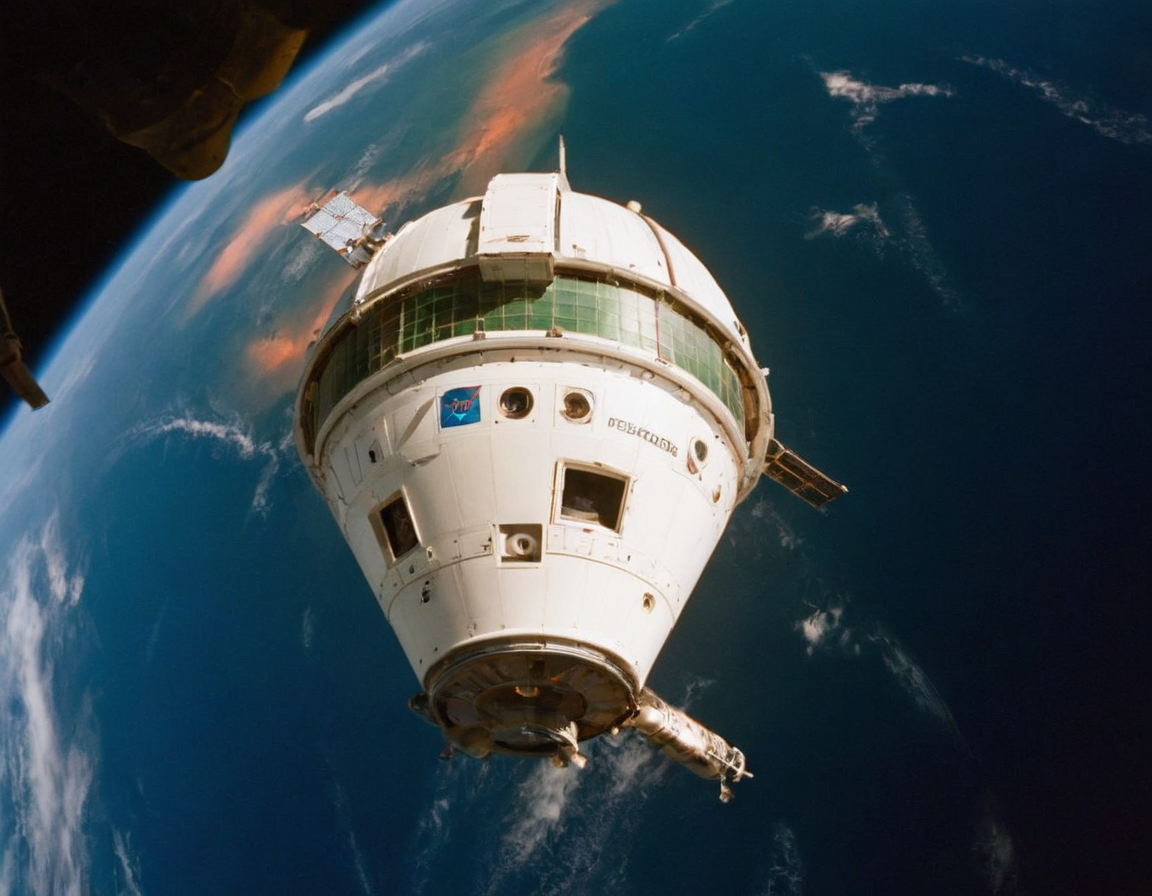· today in space history · 4 min read
The Day Humanity Gained New Eyes on the Universe
Forty-seven years ago, a revolutionary space telescope changed our view of the cosmos, pioneering international cooperation in space-based astronomy

On a crisp winter morning in 1978, a Delta rocket thundered into the sky from Cape Canaveral, carrying aboard it a revolutionary instrument that would transform our understanding of the universe. The International Ultraviolet Explorer (IUE) wasn’t the largest or most powerful telescope ever launched, but it would become one of the most productive scientific instruments ever built, operating continuously for an astounding 18 years and helping astronomers make over 100,000 observations that revolutionized our understanding of everything from nearby planets to distant galaxies.
Breaking Through Earth’s Shield
The launch of IUE marked a pivotal moment in astronomy. Earth’s atmosphere, while protective of life, acts as a frustrating barrier for astronomers by blocking most ultraviolet light from reaching ground-based telescopes. This invisible light carries crucial information about the hottest and most energetic phenomena in the universe. By placing a telescope above the atmosphere, astronomers could finally see the universe in ultraviolet light, opening a completely new window on the cosmos.
A New Way of Doing Astronomy
What made IUE truly revolutionary wasn’t just its ability to see ultraviolet light – it was how astronomers used it. Unlike previous space telescopes, IUE operated more like a ground-based observatory. Astronomers could interact with the telescope in real-time, adjusting their observations as new data came in. This interactive approach, novel at the time, would become the model for future space observatories.
International Cooperation in Space
The telescope’s name wasn’t just for show. IUE represented one of the first major international collaborations in space astronomy, with NASA, the European Space Agency (ESA), and the UK Science Research Council working together. Two control centers, one in Maryland and another in Spain, operated the telescope around the clock. This partnership proved that international cooperation could work in space science, setting a precedent that continues today with projects like the James Webb Space Telescope.
Scientific Breakthroughs
The scientific impact of IUE was profound and far-reaching. The telescope:
- Provided the first detailed look at stellar winds, showing how massive stars influence their surroundings
- Observed the historic impact of Comet Shoemaker-Levy 9 with Jupiter in 1994
- Studied supernova 1987A, providing crucial insights into stellar explosions
- Made the first detection of an atmosphere around Pluto
- Discovered superhot halos around galaxies, revealing how galaxies evolve
Engineering Marvel
Perhaps most remarkable was IUE’s longevity. Designed to last three years, it operated for 18, making it one of the longest-serving space observatories ever. This unprecedented reliability came from innovative engineering decisions. The telescope used gyroscopes for pointing control, but when they began to fail, engineers developed new software allowing it to operate with fewer gyroscopes – a technique later used to extend the life of the Hubble Space Telescope.
Legacy and Current Impact
IUE’s influence extends far beyond its operational lifetime. Its success proved the value of long-term space observatories and international cooperation. The techniques developed for IUE were later applied to the Hubble Space Telescope, and its archive of observations continues to be used by astronomers today. Modern ultraviolet telescopes like NASA’s SWIFT and ESA’s XMM-Newton build directly on IUE’s legacy.
Looking Forward
Today, as we marvel at images from newer space telescopes, it’s worth remembering that IUE blazed the trail. Its success showed that putting telescopes in space wasn’t just possible – it was essential for understanding our universe. As we prepare for the next generation of space observatories, the lessons learned from IUE about international cooperation, reliable engineering, and the value of persistent observation continue to guide us.
The telescope’s final observation was made on September 30, 1996, after nearly two decades of continuous operation. But its impact continues through the thousands of scientific papers that used its data, the space telescopes that followed in its wake, and the international cooperation it helped establish as a cornerstone of modern astronomy.
As we look to the future of space-based astronomy, IUE’s legacy reminds us that some of the most important advances in science come not from the biggest or most expensive instruments, but from well-designed tools that change how we approach scientific discovery. Its launch 47 years ago today marked the beginning of a new era in astronomy – one in which the combined efforts of nations could unlock the secrets of the universe.

Theodore Kruczek





